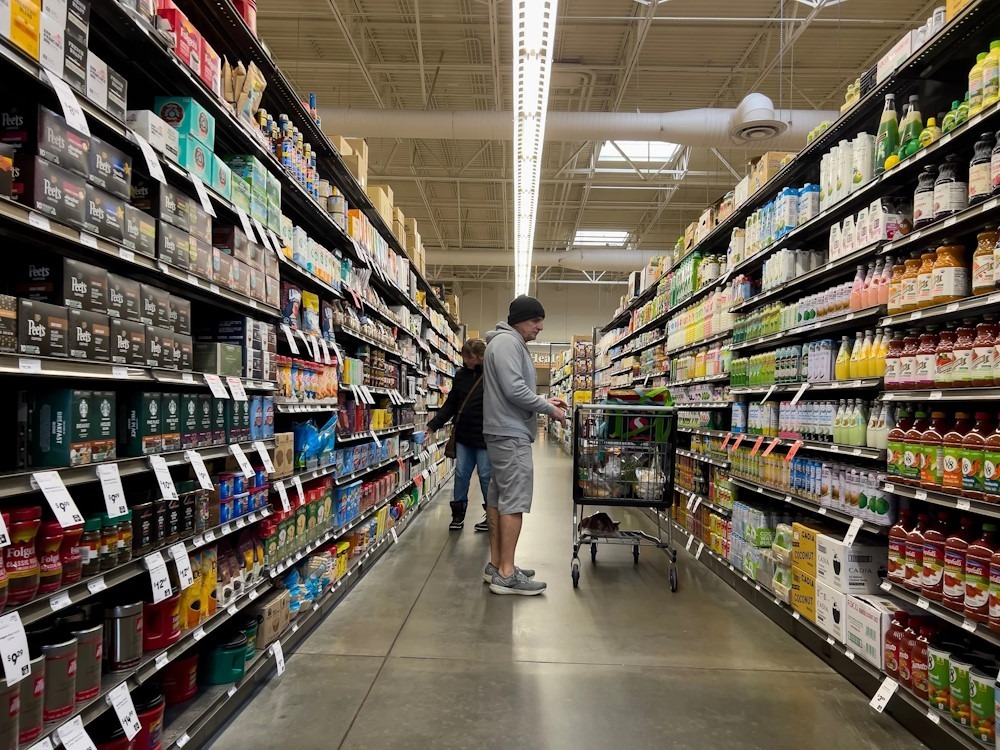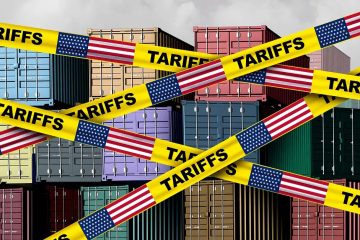What economists overlook when it comes to inflation

Prices are not increasing at the same rapid pace as they were in 2022, however, consumers typically have a longer-term perspective.
It is a topic of interest among economists and political commentators as to why U.S. consumers still perceive themselves to be affected by inflation, despite the significant decrease in the annual inflation rate in 2023, which remains considerably lower than its peak in the summer of 2022.
Consumers tend to have a wider time horizon when making decisions. They are analyzing the rate of price increases over the past three years. Between January 2021 and January 2024, there was a significant increase of 17.96% in the consumer price index for all items.
Let’s consider a practical illustration: At the beginning of 2021, you purchased a tuna sandwich from a takeout lunch establishment for $10. At the beginning of 2024, the price of the tuna sandwich had risen to $11.80. That definitely seems like a case of significant inflation. It might not provide much solace to hear that the price of the tuna sandwich increased by just 3.11% over the past year, going from $11.45 to $11.80.
In addition, nobody was requesting a tip in 2021. Since the pandemic, it has become increasingly common for payment screens at takeout places to prompt customers for a higher gratuity percentage. Declining may result in an unfavorable reaction from the cashier.
From an economic perspective, it could be argued that consumers have reason to be content, given the increase in their wages during that period. However, the increase in total wages amounted to just 15.3% over this timeframe, leaving workers falling behind in real terms.
In addition, during the onset of the pandemic, a significant number of individuals with moderate or lower income were provided with government assistance, such as refundable tax credits for children or unemployment benefits that surpassed their previous earnings. The grants experienced a decline in 2022 and were exhausted by 2023.
In summary, there has been an increase in prices while wages have not kept up, resulting in the tuna sandwich now costing $13, which includes a small tip. It’s no surprise that consumers still feel like they’re constantly fighting against rising prices.





